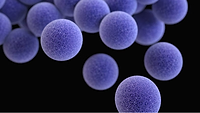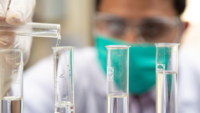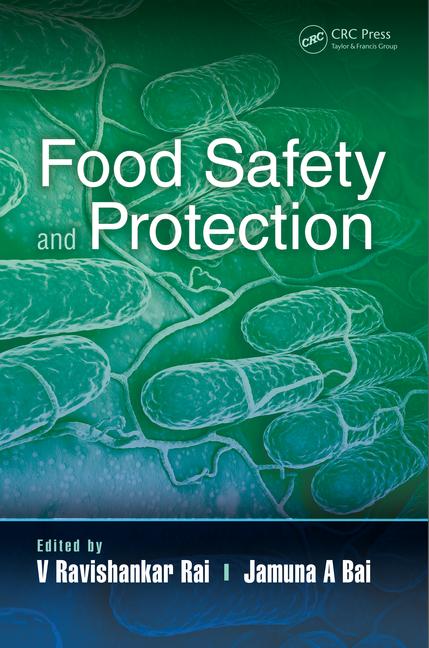LED Effective Against S. flexneri, Study Finds

Credit: Dr_Microbe/iStock / Getty Images Plus via Getty Images
A recent study published in Foodborne Pathogens and Disease suggests that LED treatment may be a promising method for controlling Shigella flexneri contamination in food. S. flexneri is a common foodborne pathogen found in raw milk, fresh-cut produce, and food processing plants, and in some cases, it can cause reactive arthritis or bloodstream infections.
Researchers subjected S. flexneri to LED irradiation for varying lengths of time and in different contexts. Notable results include:
- 360 minutes of LED irradiation reduced S. flexneri colonies by nearly half in phosphate-buffered saline [3.29 log colony-forming unit (CFU)/mL].
- 360 minutes of LED irradiation reduced S. flexneri by 1.83 log CFU/mL in reconstituted infant formula
- 120 minutes of LED irradiation reduced S. flexneri by 7 log CFU/cm2 on fresh-cut carrot slices
- 120 minutes of LED irradiation reduced S. flexneri by 4.35 log CFU/cm2 in biofilm on stainless steel surfaces.
The study demonstrates that 405 nanometer LED treatment is effective against S. flexneri contamination of foods and food contact surfaces. LED’s efficacy may be the result of damage to multiple cell components that were observed during treatment. Future research must be conducted to explore the potential of LED technology in controlling S. flexneri in food.
Looking for a reprint of this article?
From high-res PDFs to custom plaques, order your copy today!










